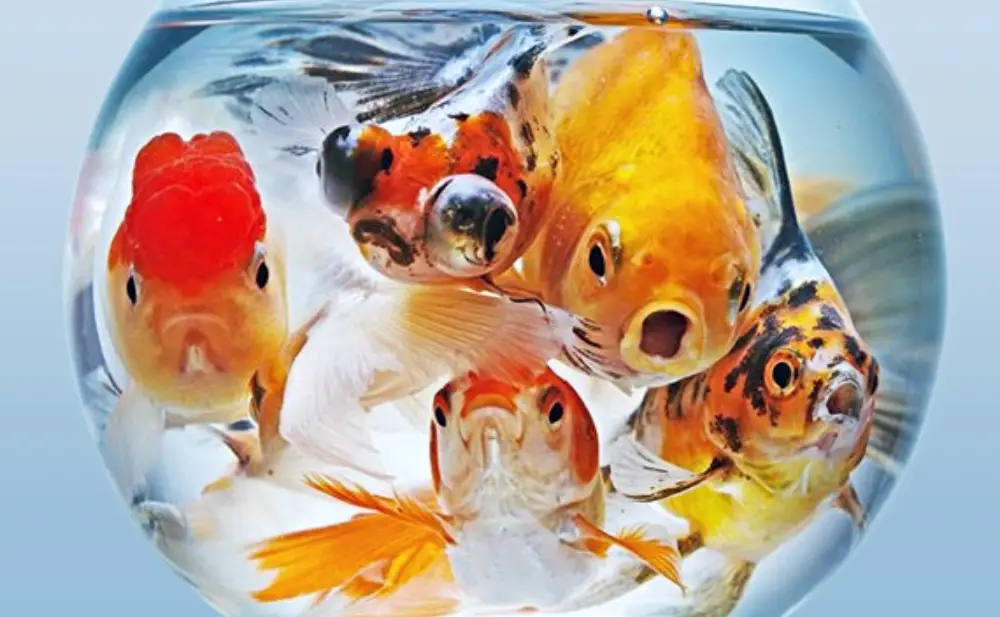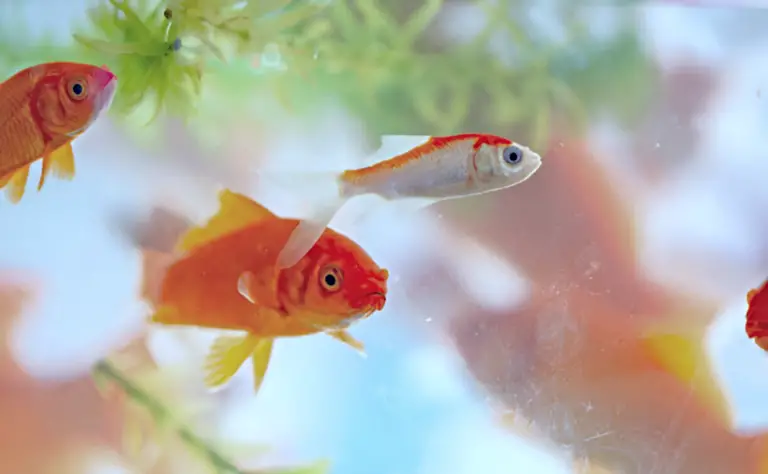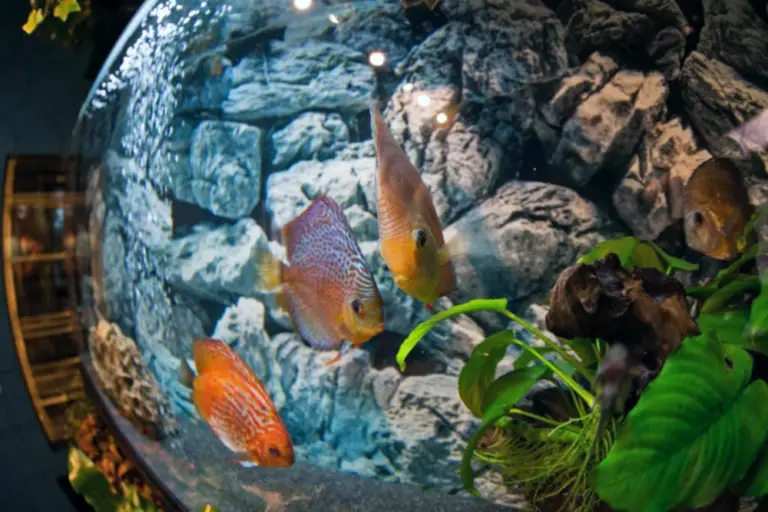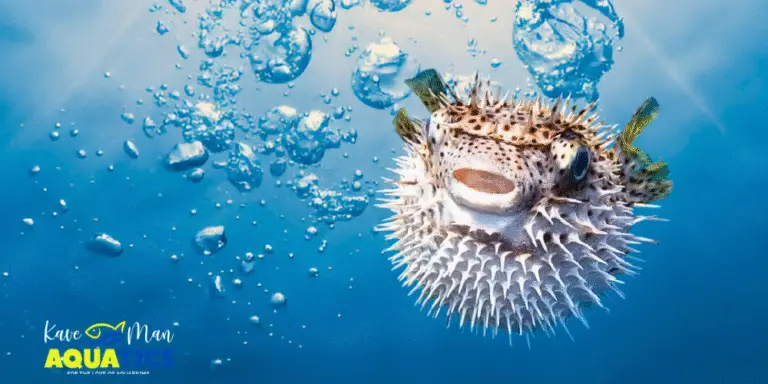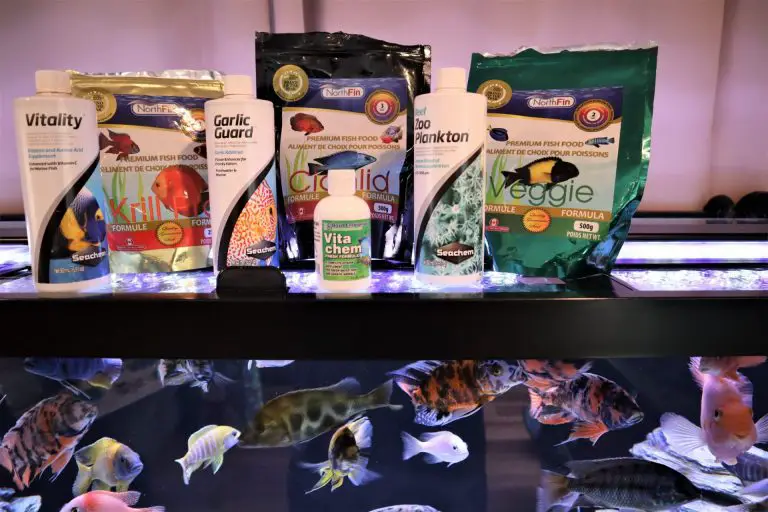Overstocked Aquarium? Here’s What You Do
Are you noticing signs of stress among your fish, murky water, or perhaps an overgrowth of algae in your aquarium? If so, your tank might be suffering from being overstocked.
An overstocked aquarium occurs when there are too many fish for the size of the tank, leading to a range of problems that can jeopardize the health of your aquatic pets.
In this blog, we’ll dive into why addressing an overstocked aquarium is crucial, providing practical tips and solutions to help you restore balance to your tank. Let’s ensure your fish are thriving in their aquatic paradise!
Signs of an Overstocked Aquarium
Wondering if your aquarium is overstocked? Keep an eye out for these telltale signs:
- Stressed fish: Keep an eye out for fish that seem agitated, shy away from interaction, or display unusual behavior like rapid swimming or hiding. These could be signs of stressed fish caused by overcrowding in your tank.
- Decline in water quality: An overstocked aquarium can lead to a rapid decline in water quality. Look out for cloudy water, increased levels of ammonia and nitrate, and pH fluctuations, which can harm your fish and indicate an imbalance in the tank.
- Fish behavioral changes: Pay attention to any changes in the behavior of your fish. Aggression, territorial disputes, or fish avoiding certain areas of the tank can all signal overcrowding and stress.
- Excessive algae growth: Overstocked aquariums often experience an explosion of algae growth due to the excess nutrients produced by fish waste. If you find yourself constantly battling algae blooms, it might be a sign that your tank is overcrowded.
- Other observable signs: Keep an eye out for overcrowded surface activity, fish gasping for air at the water’s surface, or an overworked filtration system struggling to keep up with waste accumulation.
If you notice any of these signs in your tank, it’s time to take action and address the issue of your overstocked aquarium. But first…
Why Overstocking Is Problematic

Overstocking your aquarium might seem harmless at first, but it can have serious consequences for your fishy friends.
Cramming too many fish into a confined space can lead to stress and discomfort for your aquatic pets. This stress weakens their immune systems, making them more susceptible to diseases and infections.
In fact, overstocked aquariums are breeding grounds for disease outbreaks, as the close quarters facilitate the spread of pathogens among fish.
Moreover, the negative effects of overstocking extend to water quality. With an excess of fish waste and uneaten food, ammonia and nitrate levels can skyrocket, creating a toxic environment for your fish.
Poor water quality not only compromises their health but also inhibits their growth and development. In an overstocked aquarium, fish may struggle to reach their full potential, leading to stunted growth and other developmental issues.
Treating an Overstocked Aquarium
So, you’ve realized that your aquarium is overstocked. Don’t panic! There are steps you can take to remedy the situation.
Step #1: Assessing the Current Stocking Level
Start by taking a good look at your aquarium and assessing the current stocking level. Count the number and types of fish you have, and compare it to the size of your tank. Are your fish swimming comfortably, or do they seem cramped? Signs of stress like hiding, fin nipping, or aggressive behavior can indicate an overstocked aquarium.
Step #2: Determining Appropriate Fish Load for the Tank Size
Next, determine the appropriate fish load for your tank size. As a general rule of thumb, aim for one inch of fish per gallon of water, but remember that this guideline can vary depending on the species and their specific needs. Consider factors like adult size, swimming habits, and compatibility when calculating your tank’s ideal stocking level.
We’ve already covered a few care guides:
Step #3: Planning and Executing Fish Relocation Strategies
If you find that your aquarium is indeed overstocked, it’s time to plan and execute fish relocation strategies. Start by identifying which fish can be safely rehomed or traded with other fishkeepers. Consider reaching out to local aquarium clubs or pet stores for assistance with finding new homes for your fish. Take care to acclimate any relocated fish to their new environment to minimize stress.
Step #4: Establishing a Sustainable Stocking Plan for the Future
Finally, establish a sustainable stocking plan for the future to prevent your aquarium from becoming overstocked again. Research the adult size and care requirements of any new fish before adding them to your tank. Consider factors like growth potential, compatibility with existing tankmates, and the overall bioload of your aquarium. Remember, it’s better to understock than to overstock!
Take Action Now and Ensure Your Fish’s Well-being!
Don’t wait until it’s too late — take proactive steps to assess and address any overstocking issues in your aquarium. Whether you’re a beginner or a seasoned hobbyist, ensuring proper stocking levels and water quality should be a top priority.
Ready to take action and optimize your aquarium? Explore the comprehensive fish-keeping app, Aquabuildr, for personalized tank recommendations tailored to your specific parameters. Start creating your ideal aquatic environment today! Download the app on the Google Play Store or Apple App Store for FREE, and let Aquabuildr be your guiding neighbor in the aquatic world.
For personalized guidance and support, consider reaching out to KaveMan Aquatics for 1-on-1 coaching. KaveMan is here to help you achieve success in your fish-keeping journey!
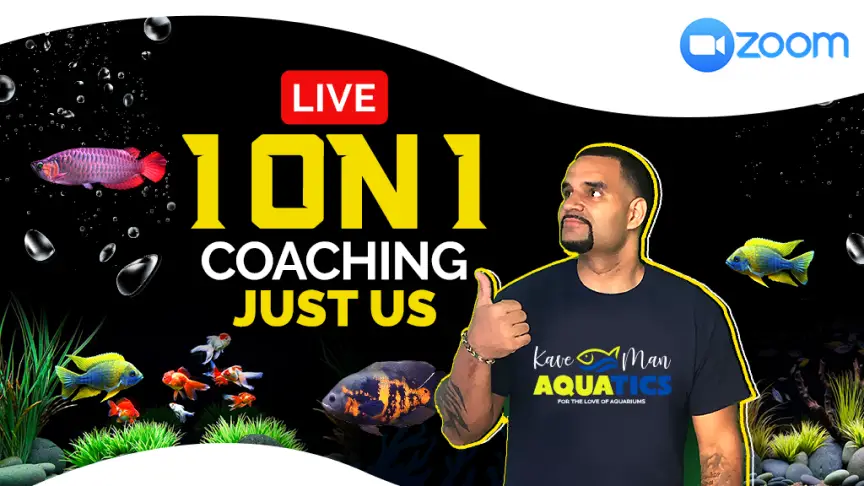
-
Overstocked Aquarium? Here’s What You Do
We have actionable solutions for your overstocked aquarium woes. Learn how to restore balance and ensure the health of your aquatic friends!

